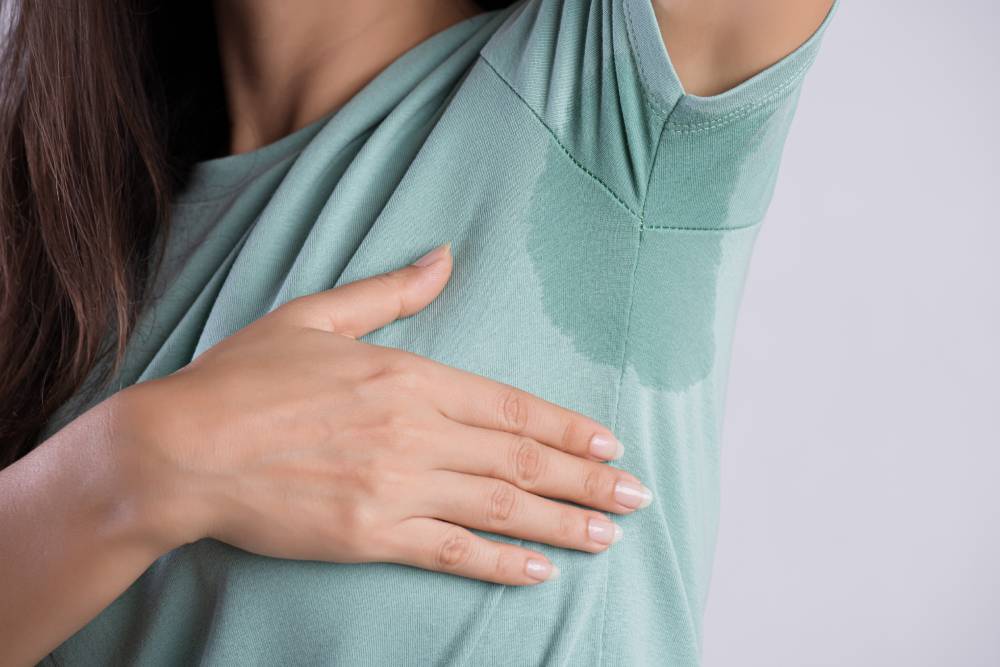From sun cream to sweat: The best ways to clean your summer clothes

Editorial Image Credits:
When the sun is shining and our washing is air drying, Summer is one of our favourite times of the year. However, with Summer also comes tough laundry stains and tricky fabrics to care for so we’ve put together a list of must-know tricks for removing the likes of heavy sun cream stains, and washing those ever-so-delicate fabrics like linen and 100% cotton.
Removing sun cream stains out of clothes
The key to getting sun cream stains out of your clothes is using a laundry detergent that’s been designed to remove and break down oils. As many sun creams include lots of ingredients that will moisturise the skin and replace moisture lost by the sun, this means lots of oils in the ingredients list.
Alternatively, you can also use white wine vinegar to pretreat the stains. Simply soak the stain in white wine vinegar for a few hours before throwing the item in the washing machine, and voila!
Regardless of which of the above you use, always remember to wash on a warm cycle, not a hot one. A warm cycle will help melt away the oils, whereas a hot one will simply set the stains – and we don’t want that now, do we?
Removing sun cream stains from white clothes
Now this is a whole other story! The best way to get rid of sun cream stains and the yellow tint that they leave behind on your white clothes is to gently bleach them away.
There is in fact a very natural way to do this, and that’s to simply wash your clothes and then allow them to dry in direct sunlight. The sun actually has natural bleaching properties and it might just do the trick. But if not, you can also spray lemon juice onto it first and this will help the lift.
However, if you want something a little faster-acting, you can use a chemical bleaching agent which should be diluted with water beforehand and applied to the stain. And there are also plenty of ready to use fabric whiteners on the market which safely use bleach if you don’t want the faff!
Note: When handling bleach, be extra careful and always use in a well-ventilated area away from pets and children.
Handwashing your swimwear
Did you know that oils, sweat and chlorine in your swimwear aren’t just making them smell or look dirty, but they’re also affecting the elasticity and colour? All that time finding the perfect bikini or pair of swimming trunks for the Summer season, just for them to fit and look different a few wears later.
Our tips for keeping your swimwear looking tiptop is to give it a good rinse in cool tap water as soon as you’ve removed it. And then as soon as possible, hand-wash your items in a sink with cool water and a small amount of liquid detergent, really taking time to soak and ring away all the nasties they’ve soaked up. Allow your swimwear to air dry after that.
Top tip: To protect your swimwear, we recommend after every 5-6 hand washes, you can wash them in the washing machine for an extra deep clean that will eliminate the chlorine or salt.
Caring for cotton
One of the best materials to wear in the hot weather is cotton, it’s lightweight and breathable and also soaks up sweat helping you to stay cool. However, for the very same reasons, it makes it quite tricky to wash, especially for 100% cotton.
We always recommend washing cottons in your machine, using a cold water cycle and a delicate setting. Hot water will shrink cotton, as will drying in the machine too. It’s always best to line dry cotton clothes, and you can reshape cotton sweaters and other delicates by laying them flat over a drying rack.
Loving your linen
Linen is also a summer favourite; it’s light, loosely woven and great for absorbing moisture and drying quickly. In fact, linen actually becomes softer and more absorbent after each wash.
We recommend washing linen at low temperatures in lukewarm or cold water, and for best results, soft water. The North has the soft water advantage here!
Use the gentle machine cycle and a mild detergent to protect the fibres and as always, make sure to read the individual care labels to be sure.